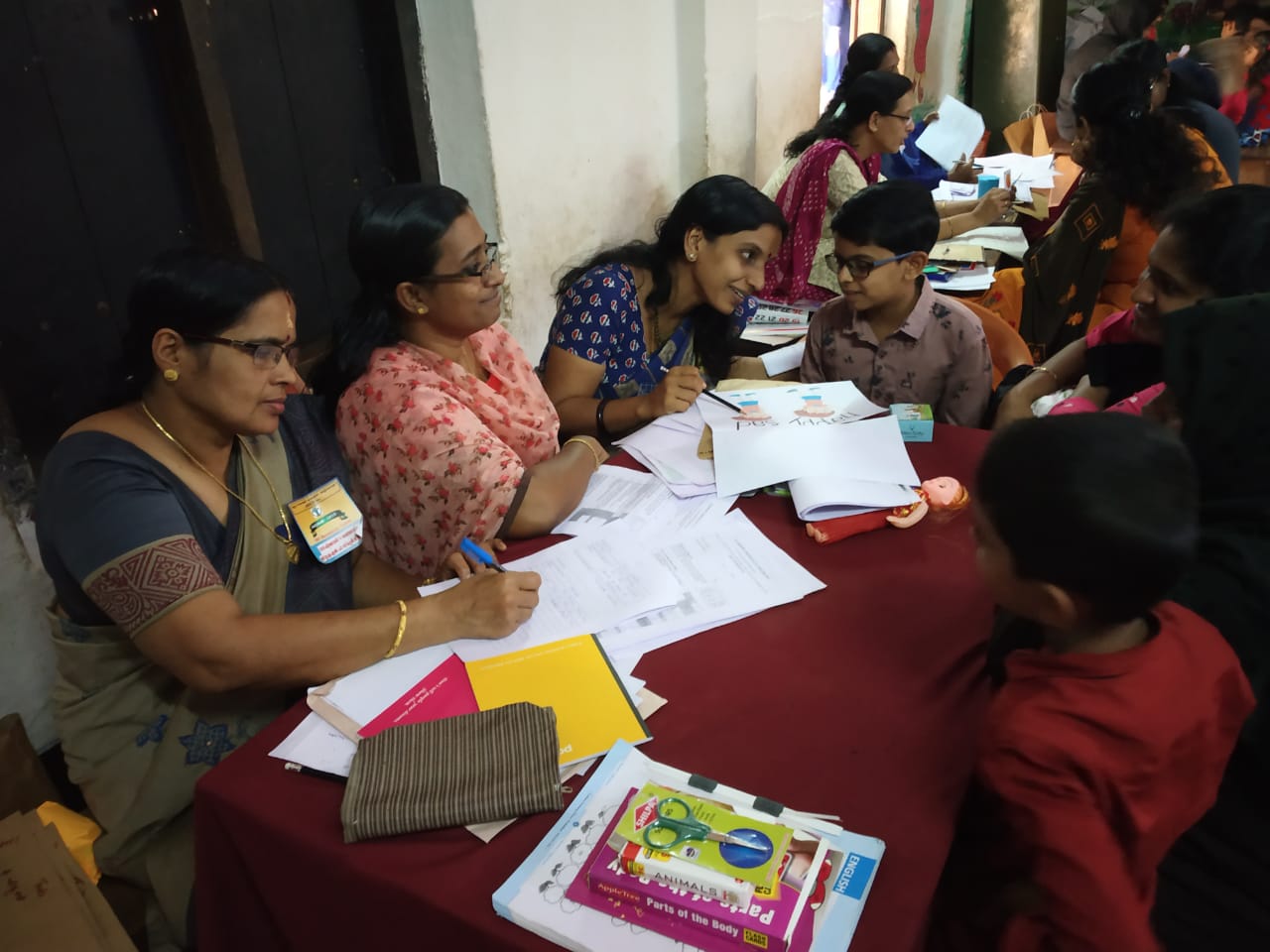Different techniques and methods to control and motivate a student with confirmed SLD who shows aggressiveness, lack of confidence and stress to undergo an intervention process :
Refer to Page 21 -29 of module 7,DMLD (SRC , KERALA) AND prepare a brief summary
My notes
Useful tips :
Our credits to https://www.additudemag.com/motivating-a-child-with-adhd-classroom-tips/As much as possible, the curriculum should be stimulating and relevant to a child’s life experiences. Research has shown that a curriculum that is irrelevant to the student’s social and economic interests generally results in disruptive behavior, poor academic performance, limited progress, and dropping out. These children live very much in the present. Therefore, long-term goals and rewards (grades and report cards) are often ineffective motivators.
The child with attention deficit disorder (ADHD or ADD) will respond positively to a curriculum that allows him choices and options. He will also be more likely to participate actively in tasks when there is a degree of creativity and novelty (presenting a history review as a Jeopardy! game). In order to maintain the motivation of this child, the teacher must simultaneously consider what is being taught and how it is being taught.
Among the teaching strategies that may foster motivation are:
1. Provide a structured, predictable environment.
2. Give simple single-step instructions.
3. Simultaneously provide verbal and visual input (dictate instructions as you write them on the board).
[Free Poster: What Every Teacher Should Know About ADHD]
4. Clearly outline rules, limits, and expectations. Post them.
5. Allow for an occasional break to let the child relax and reenergize.
6. Legitimize the child’s need for movement and activity by designing classroom activities that allow and encourage movement.
7. Have the child’s attention before giving him a direction or instruction. This can be done by calling his name or using a hand signal. After the instruction has been given, have him repeat it back to you before carrying it out. Many children with ADHD are adept at appearing to understand when they do not.
8. Use a cue or a private signal that you can send to the child if her behavior or attention is beginning to deteriorate.
[How to Use Project-Based Learning in School]
9. Do not emphasize quality and quantity at the same time. Lengthy, complex assignments are difficult for a child with attention challenges. It is better to assign five math problems and emphasize/expect accuracy than to assign 20 problems that will overwhelm the child and result in 20 inaccurate responses.
10. Provide the child with several (10 to 15) seconds to respond to verbal questions. It may take him that long to process and comprehend the question. Whenever possible, supplement verbal questions with visual input.
11. Avoid attributing judgmental reasons for the child’s inconsistency and impulsivity. Remember that these behaviors occur through no fault or choice of the child’s.
12. Remember that hyperactive behaviors during seat work (drumming fingers, pencil tapping, squirming in seat) are a release for a child’s hyperactivity. Unless the movements are distracting or disruptive to others, ignore them.
13. Provide the child with ADHD opportunities to show divergent, creative, and imaginative thinking and to receive recognition for his originality.
14. Follow difficult activities with more interesting or rewarding activities: “Joseph, when you finish the math worksheet, you can feed the gerbil.”
15. Try alternative methods of assessment, such as oral testing or demonstration testing. Written tests and assessments are difficult for children with attention problems because of their language and organizational weaknesses.
16. Never take good behavior for granted. Praise and reinforce the child for not interrupting, for working patiently, remaining in his seat, and cooperating.
[12 Teachers Strategies to Inspire Listening and Self-Control]
Excerpted from The Motivation Breakthrough: 6 Secrets to Turning On the Tuned-Out Child, by RICHARD LAVOIE. Copyright 2007. Reprinted by permission of Touchstone, an imprint of Simon & Schuster, Inc.
Classrooms and ADHD: A MismatchIf you consider the skills and abilities that a child needs to succeed in the classroom, and consider the challenges inherent in ADHD, you will recognize that there is a mismatch. The expectations of the classroom are in direct conflict with the limitations of the child. For example: |
| Classroom Expectations | ADHD Symptoms That Interfere |
“Wait until you are called on.”
“Don’t interrupt.”
“Read the directions carefully.” | Impulsivity |
“Keep your desk/backpack orderly.”
“File your homework.” | Organizational problems |
“Stay in your seat.”
“Play/talk/work quietly.” | Hyperactivity |
“Drill, drill, drill.”
“Be patient.” | Low frustration level |
“How many times have I told you…”
“Follow the rules.” | Inability to learn from experience |
“Watch those careless mistakes.”
“Listen closely.” | Inattention |
“Adhere carefully to due dates.”
“Estimate how long it will take you to…” | Impaired sense of time |

.png)
.png)

.jpeg)